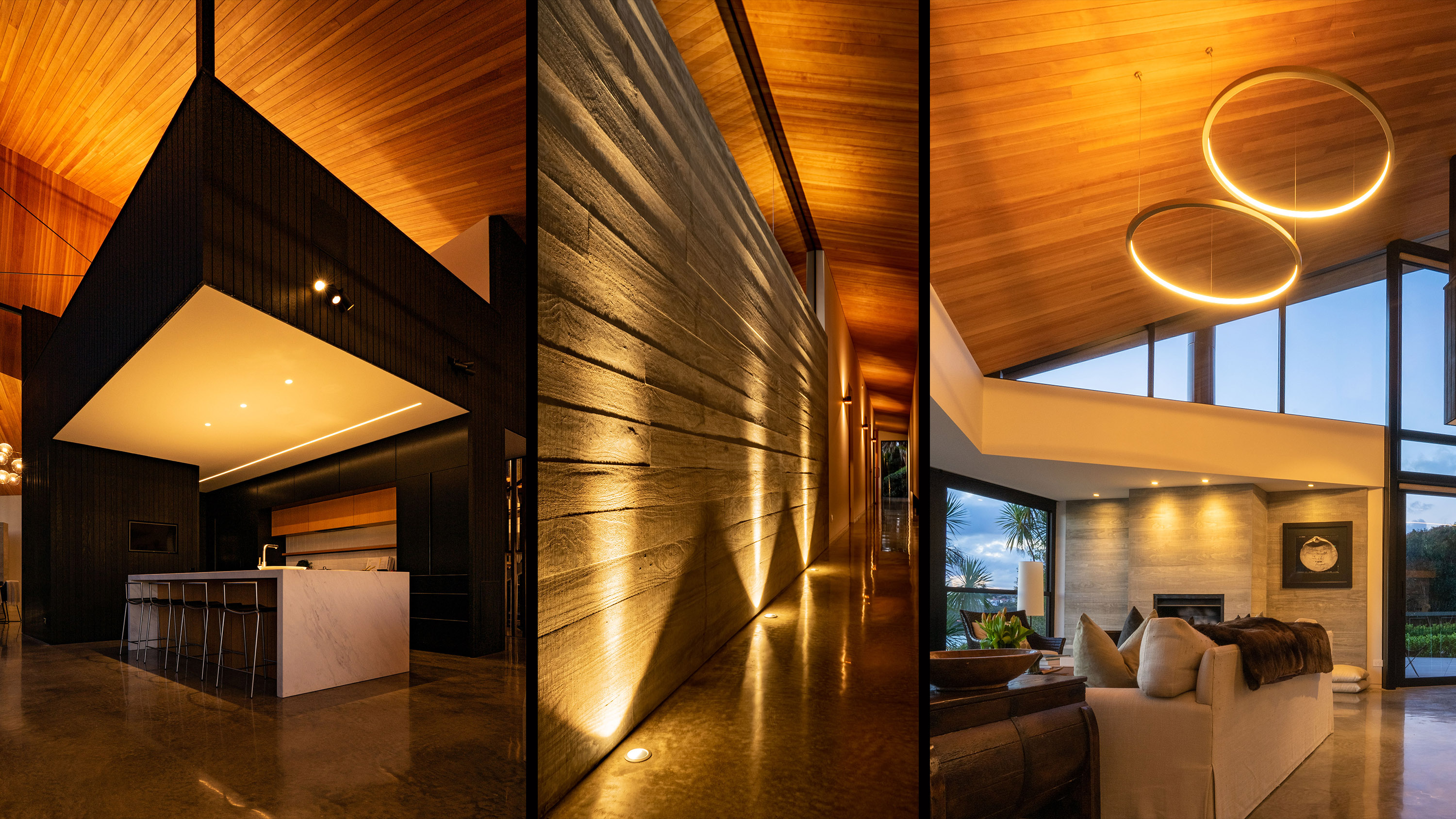Lighting and Functionality: The Impact Of Lighting On House Style

Lighting plays a crucial role in enhancing the functionality of a house, making it more efficient and enjoyable to live in. It influences our ability to perform everyday tasks, creating an environment that is both practical and aesthetically pleasing. By strategically using lighting, we can optimize various areas of the house for specific activities, enhancing both our productivity and comfort.
The Importance of Task Lighting, The impact of lighting on house style
Task lighting refers to the use of dedicated light sources to illuminate specific areas where tasks are performed. It's essential for enhancing visibility and reducing eye strain, leading to improved accuracy and efficiency in completing various activities. Task lighting can be implemented in various ways, including using dedicated lamps, under-cabinet lighting, or strategically placed recessed lights.
Proper task lighting can make a significant difference in the overall functionality of a space.
- Cooking: Well-lit kitchens are essential for preparing meals safely and efficiently. Under-cabinet lighting illuminates countertops and work surfaces, while pendant lights over islands or dining tables provide ambient light for dining.
- Reading: A comfortable reading nook requires adequate lighting to prevent eye strain. Floor lamps with adjustable heads or reading lamps with warm white light can create an ideal reading environment.
- Working: Home offices require sufficient lighting for focused work. Desk lamps with adjustable arms and bright white light are ideal for illuminating work surfaces, while ambient lighting can create a more relaxed atmosphere.
Room-Specific Lighting Considerations
The type of lighting required in different areas of a house varies depending on the intended use and activities.
| Room Type | Functional Lighting Needs | Examples | Design Considerations |
|---|---|---|---|
| Kitchen | Task lighting for countertops and work surfaces, ambient lighting for dining areas, accent lighting for showcasing features. | Under-cabinet lighting, pendant lights over islands, recessed lights, track lighting. | Consider the color temperature of the light, the placement of fixtures, and the overall aesthetic of the kitchen. |
| Living Room | Ambient lighting for relaxation, task lighting for reading or working, accent lighting for highlighting artwork or architectural features. | Floor lamps, table lamps, ceiling lights, recessed lights, wall sconces. | Choose fixtures that complement the style of the living room and create a warm and inviting atmosphere. |
| Bedroom | Ambient lighting for relaxation, task lighting for reading or getting ready, accent lighting for creating a cozy atmosphere. | Ceiling lights, bedside lamps, wall sconces, string lights. | Consider using dimmable lights to adjust the brightness level for different activities. |
| Bathroom | Bright task lighting for grooming and makeup application, soft ambient lighting for relaxation, accent lighting for highlighting features. | Vanity lights, recessed lights, shower lights, mirror lights. | Use waterproof fixtures in areas exposed to moisture and consider using a combination of warm and cool white light for different tasks. |
Lighting and Mood

Lighting plays a crucial role in setting the mood and atmosphere of a home, influencing how we feel and interact with our surroundings. By carefully considering the type, intensity, and placement of light sources, we can create a wide range of ambiances, from tranquil and relaxing to vibrant and stimulating.
Impact of Different Lighting Types on Mood
The type of lighting used can significantly impact the mood of a space. Natural light, artificial light, and ambient light each contribute to distinct atmospheres:
- Natural Light: Sunlight is often associated with feelings of energy, positivity, and well-being. It can make a room feel larger and brighter, promoting a sense of openness and spaciousness. However, excessive direct sunlight can be harsh and uncomfortable, potentially leading to glare and overheating.
- Artificial Light: Artificial light sources offer more control over the mood and atmosphere. Warm white light, often used in living rooms and bedrooms, creates a cozy and inviting ambiance, promoting relaxation and comfort. Cool white light, commonly found in kitchens and bathrooms, provides a more focused and energized atmosphere, ideal for tasks requiring concentration.
- Ambient Light: Ambient lighting, characterized by its soft and diffused nature, provides a general illumination for a space. It can create a sense of warmth and intimacy, particularly when used in conjunction with dimmable light fixtures. Ambient lighting is often used to set a relaxed and inviting mood, ideal for social gatherings or quiet evenings at home.
Question Bank
The impact of lighting on house style - What are some common lighting mistakes to avoid?
Common lighting mistakes include using only overhead lighting, neglecting task lighting, and not considering the impact of natural light. It's important to create a balanced lighting scheme that incorporates different types of light to achieve a harmonious and functional space.
How can I create a more inviting atmosphere with lighting?
To create a welcoming atmosphere, consider using warm white or soft white light bulbs. You can also incorporate dimmers to adjust the brightness levels based on your mood and the time of day. Adding lamps and sconces with warm, ambient lighting can also contribute to a cozy and inviting ambiance.
What are some tips for choosing the right light fixtures?
When choosing light fixtures, consider the style of your home, the size of the space, and the desired mood. For a modern aesthetic, sleek and minimalist fixtures are ideal. For a traditional home, ornate chandeliers or pendant lights may be more appropriate. Always ensure that the fixture's size is proportional to the space and that the light output is sufficient for the intended purpose.
